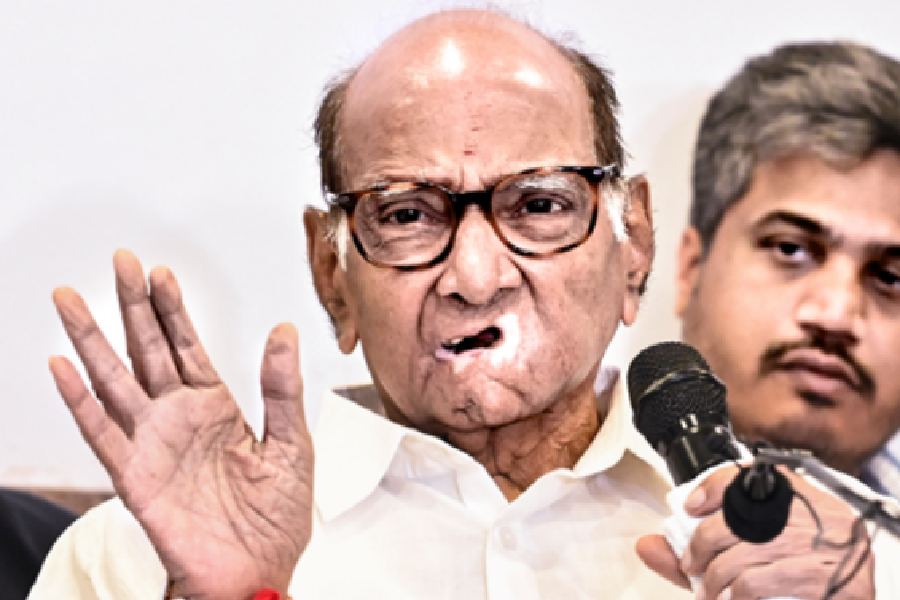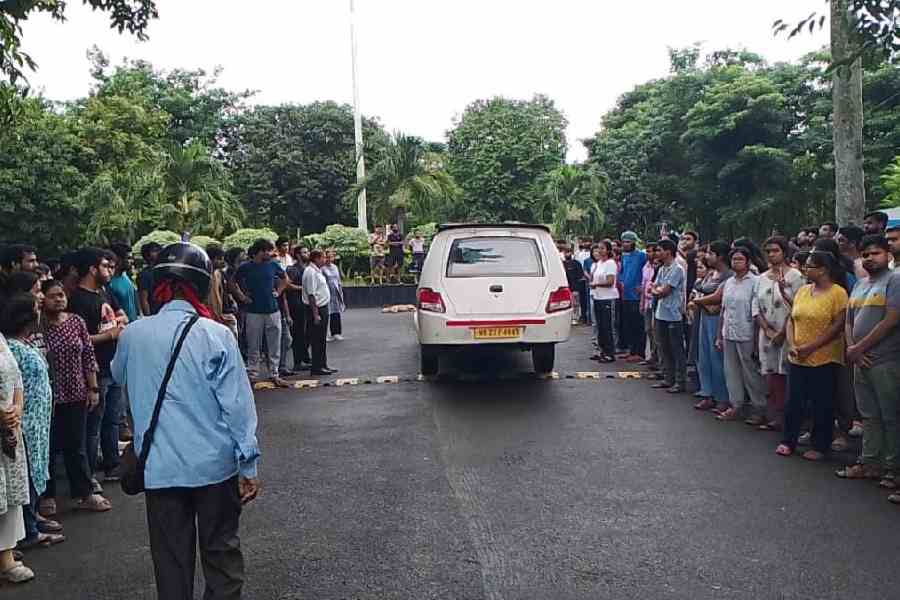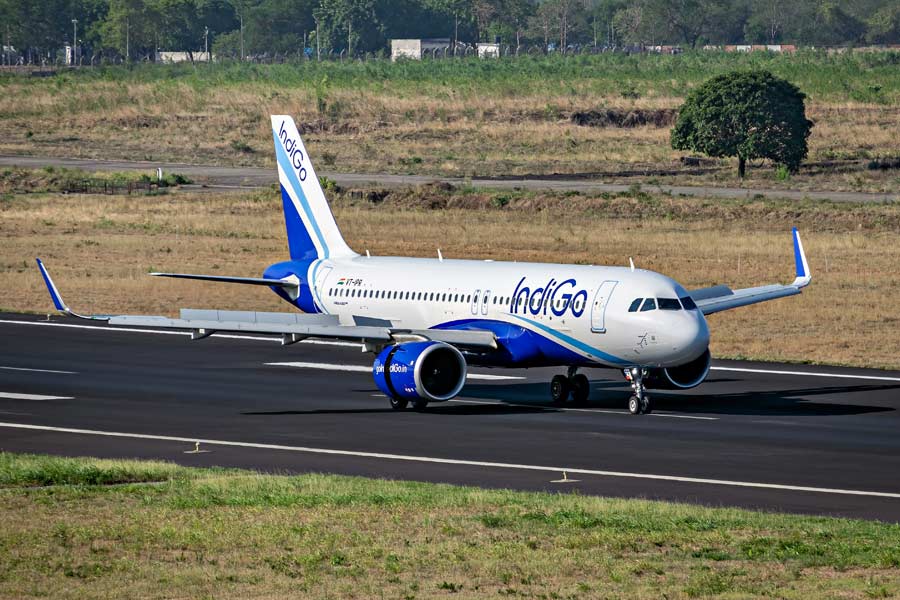New Delhi, March 4: Bharat Sanchar Nigam, the state-owned telephony major, is the most profitable public sector unit with a net profit of Rs 6312 crore in 2001-02. Oil and Natural Gas Corporation is next in the pecking order with a net profit of Rs 6,198 crore followed by National Thermal Power Corporation (Rs 3,540 crore), Indian Oil (Rs 2,885 crore) and Nuclear Power Corporation (Rs 1,549 crore).
BSNL’s telephony twin Mahanagar Telephone Nigam was sixth in the rankings. The others in the top-10 were Gail, Northern Coalfields, Bharat Petroleum Corporation and Neyveli Lignite Corporation. The total profit made by the top-10 companies was Rs 25,540 crore, according to the latest survey on public sector enterprises (PSEs) presented to Parliament.
The Steel Authority of India (SAIL) has piled up the largest loss among state-owned companies at Rs 1,706.89 crore. It was followed by Fertilizer Corporation of India (Rs 1,104.10 crore), Bharat Coking Coal (Rs 755 crore), Hindustan Fertilizer Corporation (Rs 572.71 crore) and Konkan Railway Corporation (Rs 369.81 crore).
Other companies on the loss-makers list include National Jute Manufacturers Corporation, Hindustan Photo Films Manufacturing Corporation, Bharat Gold Mines, Eastern Coalfields and Indian Drugs and Pharmaceuticals. These companies account for over 58 per cent of the total loss of Rs 1,0387.46 crore suffered by state-owned companies. The survey covers 240 PSEs but excludes the six insurance companies and the banks in the public sector. Companies such as VSNL have been deleted from the list because it has now been disinvested. The survey says the net worth of the PSEs has grown by 31.5 per cent from Rs 17,669 crore in 200-01 to Rs 23,2265 crore in 2001-02.
According to the survey, 66 industrial PSEs whose net worth had turned negative and had become sick were registered with BIFR as on June 31, 2002. As many as 34 of these companies had been taken over from the private sector as they had turned sick and the government wanted to safeguard the interest of the workers.
The reasons for industrial sickness vary from enterprise to enterprise. Some of these units are saddled with obsolete machinery, outdated technology, low capacity utilisation and heavy interest burdens. Financial institutions and banks are reluctant to provide funds for reviving these units.











